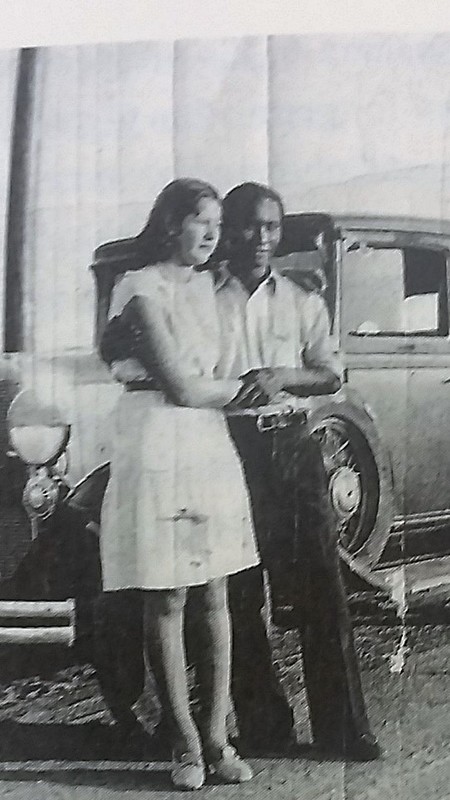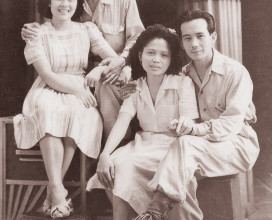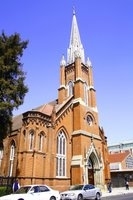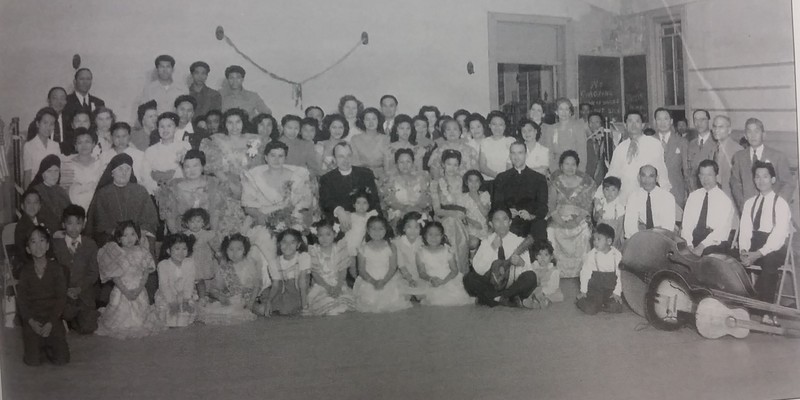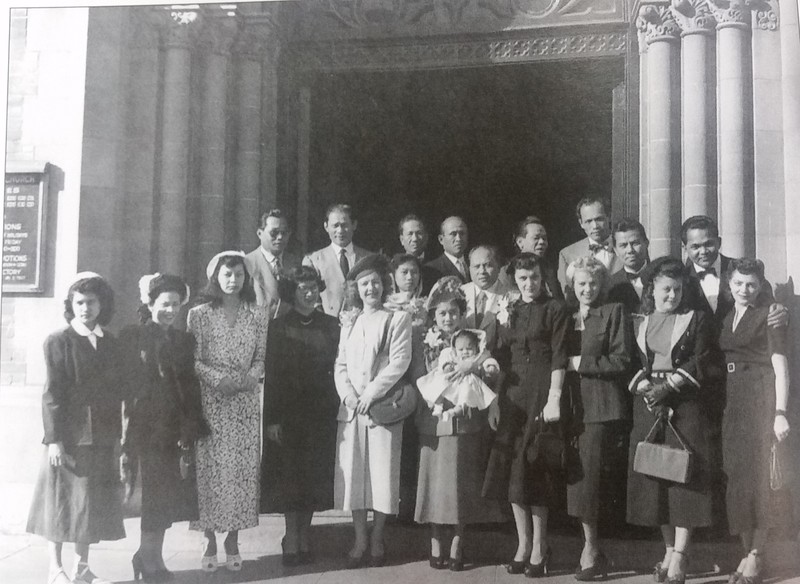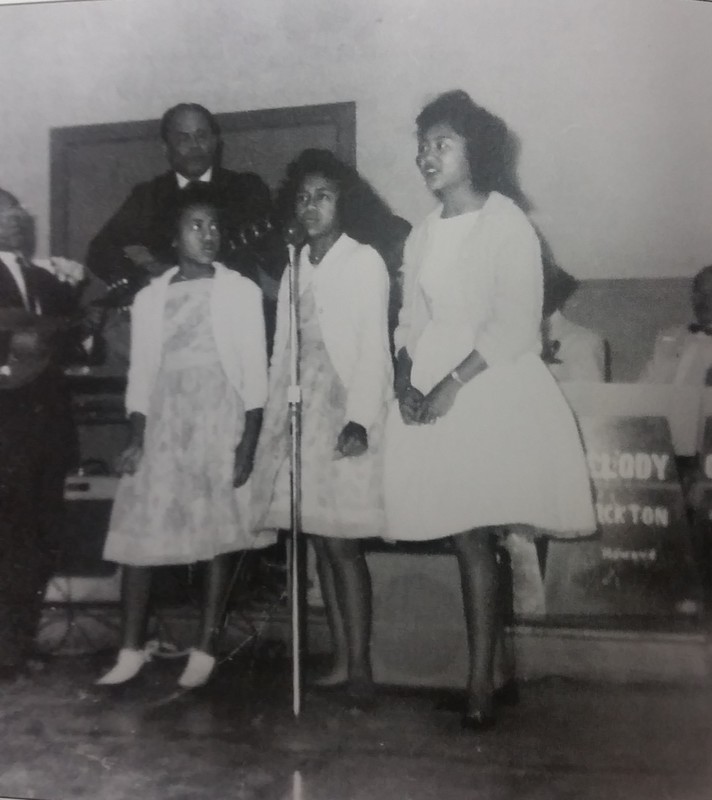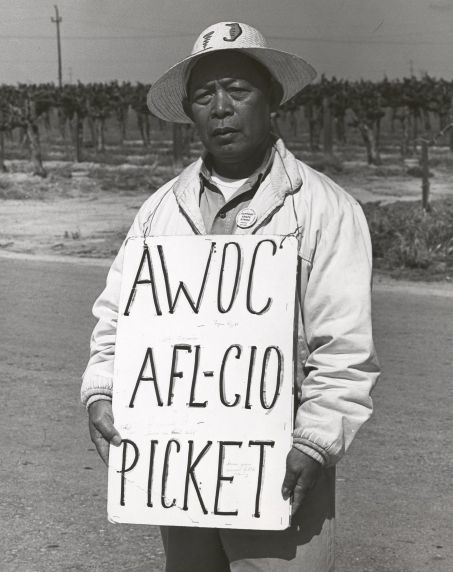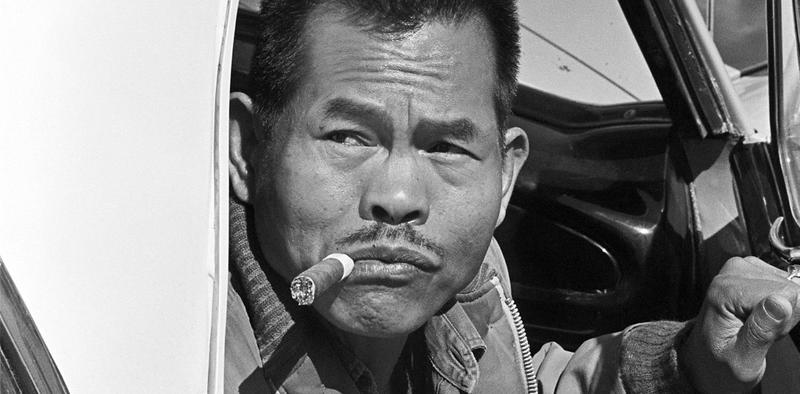Catholic Churches
There were three basic religious outlets for Filipino’s. There were Catholic, Protestant, and Cultural churches. Many of the community members were traditionally Catholic but were not active in the Catholic church when they moved to California. One reason for this was because even in the church, racial discrimination was happening- the Filipino church members were segregated from the white members which was very frustrating and hurtful to the Filipino members. Another reason was because the catholic church did not support Filipino’s who married women of other races due to laws called Anti Miscegenation laws that said it was illegal for people of two different races to get married.
During WWII, Filipino men joined the U.S. Military and were stationed in the Philipines. While there, they married young Filipina women. When the Filipino men returned to Stockton, the War Brides Act, passed in 1945, allowed the men to bring their brides to Stockton where they started families. The new arrivals and beginnngs of family lives caused the Filipino community in Stockton to grow in big ways.
Despite the cultural misunderstandings of community and church members, the church still reached out to the community through offering different activities. First of all, there were bible studies offered at the church and some missionaries and nuns visited Filipina/os at home and at work. This helped the churches start to realize the personal needs of the Filipino community and to change the way that they helped them to better suit their needs. The nuns also taught preschool. The protestant church had afterschool activities for children, and also taught Tagalog, English and piano lessons for Filipinos in the area.
On September 8, 1965, the Delano grape strike began. Many Filipino agricultural workers were involved. The success of the strikers was helped by the support of the California Migrant Ministry. The catholic church helped establish an agricultural worker’s association in 1958 that helped unionize agricultural workers and fought for better social and working conditions for them.

